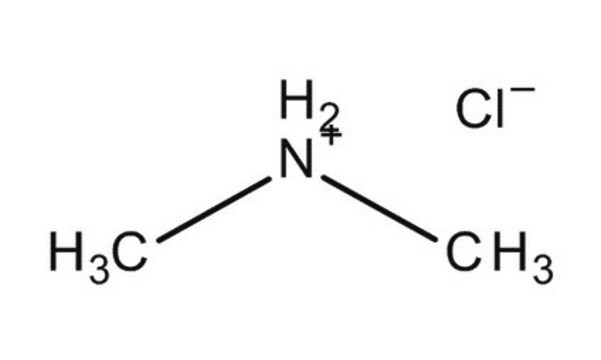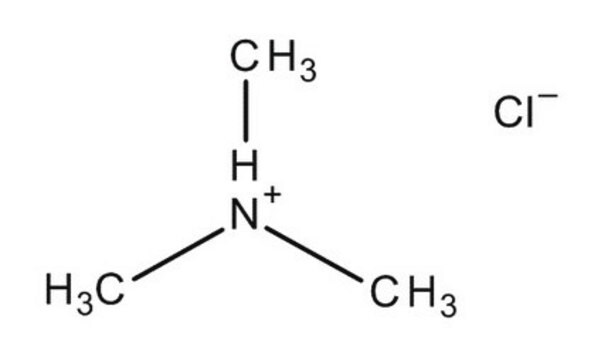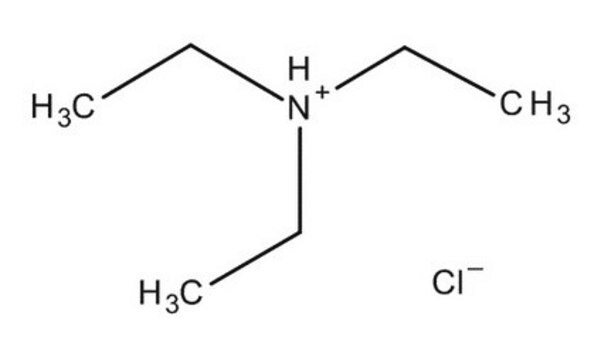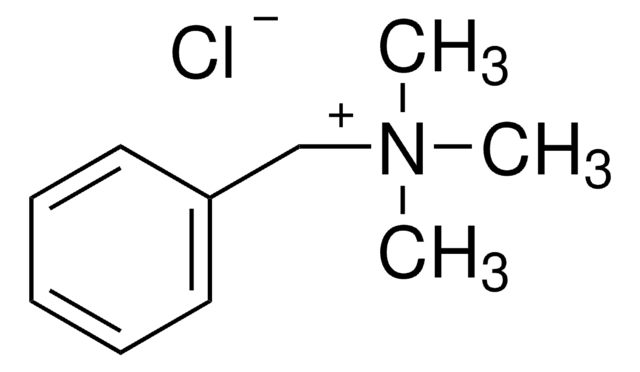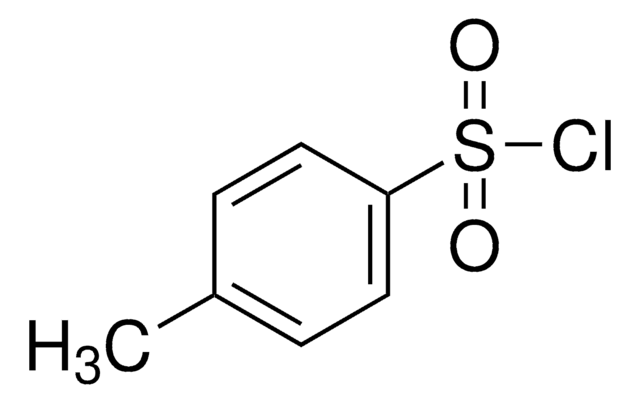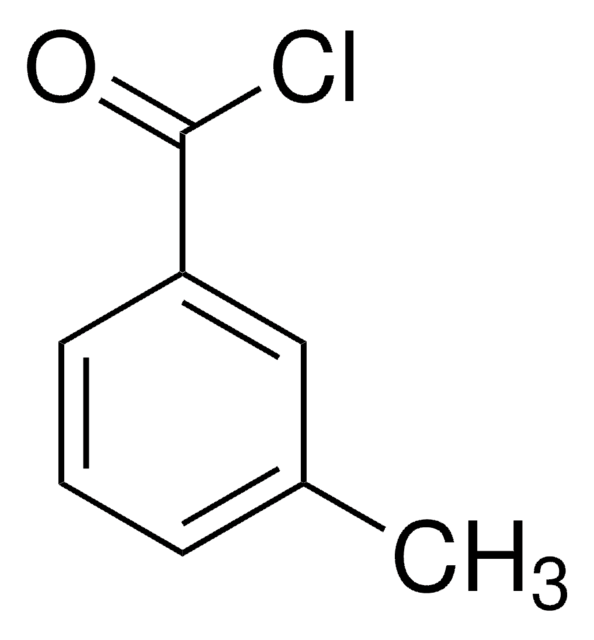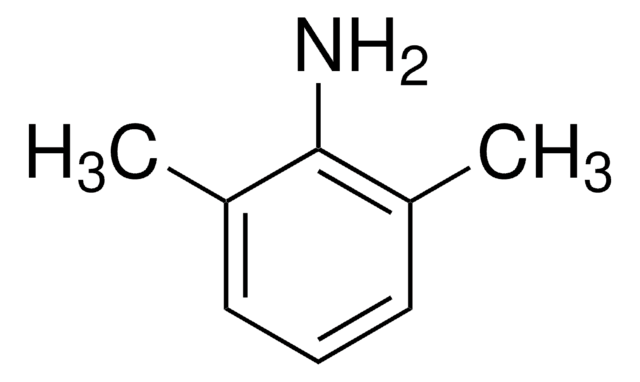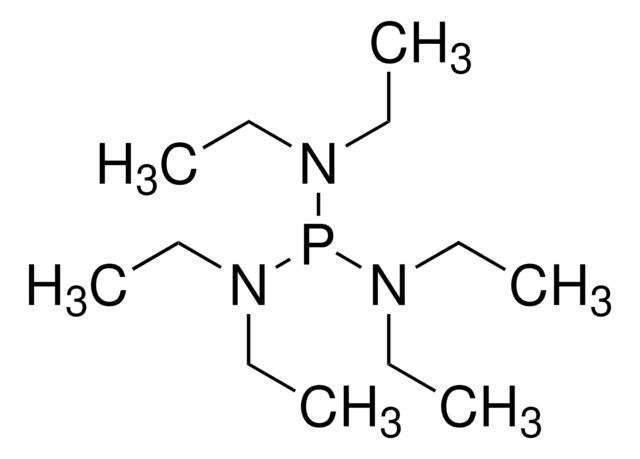8.20393
Diethylammonium chloride
for synthesis
Synonym(e):
Diethylaminhydrochlorid
About This Item
Empfohlene Produkte
Dampfdruck
<0.00001 hPa ( 20 °C)
Qualitätsniveau
Form
crystals
Wirksamkeit
9900 mg/kg LD50, oral (Rat)
pH-Wert
4.5-6.5 (20 °C, 10 g/L in H2O)
mp (Schmelzpunkt)
231.8 °C
Löslichkeit
soluble 510 g/L
Dichte
1.07 g/cm3 at 20.1 °C
Schüttdichte
1100 kg/m3
Lagertemp.
2-30°C
InChI
1S/C4H11N.ClH/c1-3-5-4-2;/h5H,3-4H2,1-2H3;1H
InChIKey
HDITUCONWLWUJR-UHFFFAOYSA-N
Anwendung
- Hygroscopicity of secondary marine organic aerosols: Mixtures of alkylammonium salts and inorganic components.: This study explores the hygroscopic properties of secondary marine organic aerosols, highlighting the role of alkylammonium salts, including diethylammonium chloride, in influencing aerosol behavior in the atmosphere (Asadzadeh et al., 2021).
- Simulation of Deep Eutectic Solvents′ Interaction with Membranes of Cancer Cells Using COSMO-RS.: This paper discusses the simulation of interactions between deep eutectic solvents containing diethylammonium chloride and cancer cell membranes, providing insights into their potential use in biomedical applications (Mbous et al., 2020).
Hinweis zur Analyse
Identität (IR): entspricht
Signalwort
Danger
Gefahreneinstufungen
Acute Tox. 3 Dermal - Acute Tox. 4 Inhalation - Acute Tox. 4 Oral - Eye Dam. 1 - Skin Corr. 1A - Skin Sens. 1 - STOT SE 3
Zielorgane
Respiratory system
Lagerklassenschlüssel
6.1C - Combustible, acute toxic Cat.3 / toxic compounds or compounds which causing chronic effects
WGK
WGK 1
Flammpunkt (°F)
Not applicable
Flammpunkt (°C)
Not applicable
Analysenzertifikate (COA)
Suchen Sie nach Analysenzertifikate (COA), indem Sie die Lot-/Chargennummer des Produkts eingeben. Lot- und Chargennummern sind auf dem Produktetikett hinter den Wörtern ‘Lot’ oder ‘Batch’ (Lot oder Charge) zu finden.
Besitzen Sie dieses Produkt bereits?
In der Dokumentenbibliothek finden Sie die Dokumentation zu den Produkten, die Sie kürzlich erworben haben.
Kunden haben sich ebenfalls angesehen
Unser Team von Wissenschaftlern verfügt über Erfahrung in allen Forschungsbereichen einschließlich Life Science, Materialwissenschaften, chemischer Synthese, Chromatographie, Analytik und vielen mehr..
Setzen Sie sich mit dem technischen Dienst in Verbindung.